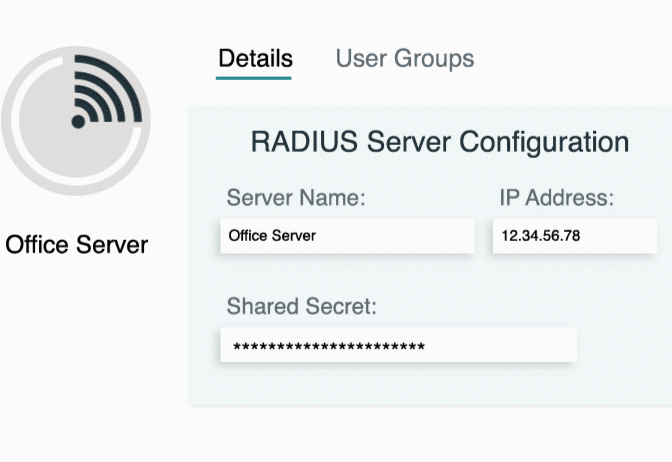Updated on May 21, 2025
Detecting and preventing network loops is essential for stable Ethernet networks. Bridge Protocol Data Units (BPDUs), part of the Spanning Tree Protocol (STP), play a key role in preventing Layer 2 loops and ensuring smooth network communication. Here’s a quick look at what BPDUs are, how they work, and why they matter.
Definition and Core Concepts
A BPDU (Bridge Protocol Data Unit) is a data message exchanged between switches in a network to maintain and manage its topology. These messages are integral to protocols like STP (Spanning Tree Protocol) and its modern variants, such as Rapid Spanning Tree Protocol (RSTP) and Multiple Spanning Tree Protocol (MSTP).
Each BPDU contains key information that allows switches to collaborate effectively, such as:
- Bridge ID: Includes the priority and MAC address identifying the sending switch.
- Root Bridge ID: The unique identifier for the network’s central or root bridge.
- Path Cost: A calculated value representing the distance to the root bridge in terms of cost.
- Port ID: Identifies the specific port involved in the topology.
Together, these data points help switches determine the network’s structure and prevent the formation of loops. Here are the core concepts:
- Spanning Tree Protocol (STP): Ensures a loop-free network topology by blocking redundant paths while maintaining active connections between all nodes.
- Loop Prevention: BPDUs eliminate Layer 2 loops, preventing network storms and performance issues.
- Bridge ID: Consists of a switch’s priority value and MAC address, used to identify switches during topology calculations.
- Root Bridge ID: The switch with the lowest Bridge ID becomes the root bridge, serving as the reference point for STP calculations.
- Path Cost: Represents the “distance” to the root bridge, with lower-cost paths being prioritized.
- Port ID: Each switch port is assigned a unique ID to determine designated or blocking roles in the network.
- Topology Discovery: BPDUs enable real-time network topology discovery for connected switches.
How It Works
BPDUs operate using a clear sequence of actions that allow switches to interact and make decisions about the network topology.
BPDU Generation
Switches running STP or its variants generate BPDUs periodically. Each switch initializes communication by sending BPDUs with its own Bridge ID.
BPDU Transmission
These BPDUs are transmitted over network links, ensuring consistent topology data sharing across all switches.
BPDU Reception
Switches receive BPDUs from their neighbors. This data enables them to understand the network structure and identify any loops.
BPDU Processing
Once BPDUs are received, switches analyze them to determine the network’s root bridge, evaluate path costs, and update their configurations.
Topology Calculation
Using the data from BPDUs, switches calculate the most efficient topology by identifying the root bridge and determining the shortest paths to it.
Port Role Determination
Each port in the network is assigned a specific role based on BPDU data:
- Root Port: The port with the most efficient path to the root bridge.
- Designated Port: A port responsible for forwarding traffic on a specific network segment.
- Blocking Port: A port that remains inactive to prevent loops in the network.
Key Features and Components
BPDUs provide several essential functionalities that maintain a loop-free and efficient network structure:
Topology Information
BPDUs communicate the network’s topology to all switches, allowing them to work cohesively.
Root Bridge Election
The election of a root bridge is one of the primary roles of BPDU exchanges. Switches rely on the lowest Bridge ID in this process.
Path Cost Calculation
BPDUs include path cost values, which switches use to determine the most efficient routes to the root bridge.
Loop Detection
By monitoring BPDU exchanges, switches can detect potential topology loops and prevent network disruptions.
Protocol-Specific Formats
Different variants of the Spanning Tree Protocol (STP, RSTP, MSTP) have their unique formats for BPDUs, catering to specific network needs.
Use Cases and Applications
BPDUs play a pivotal role in several critical network scenarios:
Ethernet Networks with Redundancy
Redundant links are common in Ethernet networks to ensure reliability. BPDUs help prevent loops that could arise due to these redundant connections.
Spanning Tree Protocol (STP)
STP relies on BPDUs to maintain a loop-free network by disabling non-essential links during operation.
Rapid Spanning Tree Protocol (RSTP)
RSTP improves upon STP by speeding up convergence times, quickly reacting to topology changes with the help of BPDUs.
Multiple Spanning Tree Protocol (MSTP)
MSTP extends the functionality of STP and RSTP by allowing multiple spanning tree instances in a VLAN-based network environment, all coordinated through BPDUs.
Key Terms Appendix
To reinforce understanding, here’s a quick glossary of terms covered in this blog:
- BPDU (Bridge Protocol Data Unit): A data message exchanged between switches to manage and maintain the network topology.
- STP (Spanning Tree Protocol): A protocol designed to prevent Layer 2 loops in Ethernet networks.
- Root Bridge: The central switch in a network determined during topology calculation.
- Bridge ID: A unique identifier for each switch, comprising its priority and MAC address.
- Path Cost: A calculated value representing the “distance” to the root bridge.
- Port ID: Identifies individual ports on a switch for topology roles.
- Loop Prevention: The process of detecting and mitigating loops within a network.
- RSTP (Rapid Spanning Tree Protocol): A faster-converging variant of STP.
- MSTP (Multiple Spanning Tree Protocol): A protocol that manages multiple instances of Spanning Tree for VLAN groups.






